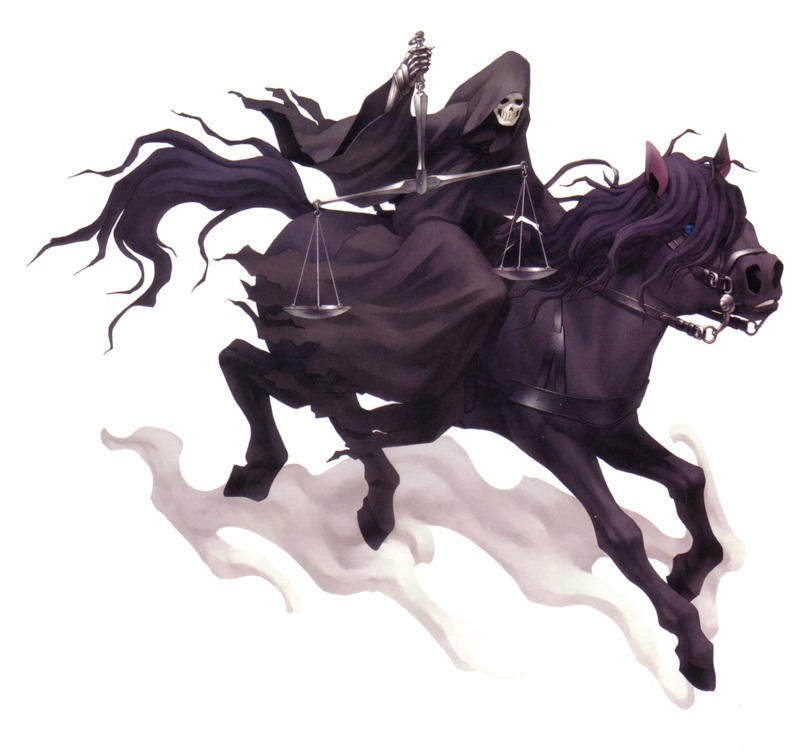While I dislike Peasant Fires the most out of all of our assigned readings so far, one of the quotes in the book were burned into my mind. This in part is due to our wonderful TA Mark, who brought it up once in discussion. Paraphrased, the quote was:
“Peasants stand up to their necks in water, so that even the slightest ripple will drown them”.
By this, the author meant that peasants lived in constant fear of “drowning”. A peasant lived in a constant balancing act – he had to pay the taxes forced upon him by his landlord, manage his crops and livestock, find the time to pray or be shunned by their peasant community, socialize and haggle with the other peasants, and so forth. If even a single one of those balancing acts were to be disturbed, such as a drought killing off all of their crops, the peasant’s life would be in peril. The peasant wouldn’t be able to feed themself, their family, their livestock, have anything to trade or sell, or pay their landlord with. Thus, drought is an example of one of the “ripples” that can “drown” a peasant.
If a drought were to last long or be harsh enough, it would cause famine. This leads to the third horseman of the Apocalypse: Famine.
“When He broke the third seal, I heard the third living creature saying, “Come.” I looked, and behold, a black horse; and he who sat on it had a pair of scales in his hand. And I heard something like a voice in the center of the four living creatures saying, “A quart of wheat for a denarius, and three quarts of barley for a denarius; but do not damage the oil and the wine.”
— Revelation 6:5-6

In times of famine, staple food crops would be in short supply, but the demand for luxury items would stay relatively the same. This explains the quote above – the prices of wheat and barley were greatly inflated due to famine-related shortage, while oil and wine, being more “vanity” type food items, wouldn’t need to have their prices changed.
Thematically, Famine’s design in the SMT series matches the other two Horsemen already mentioned on this blog. He wears the typical Grim Reaper’s robes, and rides a horse color-coordinated to match himself. A fact that I have not put on the other two is that all of their horses have the same eye color: a striking and unnatural blue.
This detail, along with each Horseman’s skeletal visage, is meant to make the viewer feel uneasy – yes, it is a humanoid figure on a horse, but something about both horse and rider is wrong.
While Conquest’s white horse can be interpreted as the glory of a newly-conquered land and War’s red horse the blood and violence of battle, Famine’s black horse is something much less extravagant. To me, the black color of the horse represents rot. Yes, black is a color typically attributed to Death, but the black of Famine’s horse can be interpreted as representing the ruined crops his arrival had caused.
Famine’s scales represent how the scarcity of food has resulted in higher prices, likely caused by the actions of the previous two Horsemen.
Famine’s pose isn’t quite as exaggerated as War’s. His is much more serious: he rides forward, veering to the side to show off his scales. Unlike the first two Horsemen, he doesn’t sit up tall, but rather leans forward. This detail adds in with how he appears to be riding towards the viewer, spreading his blight across the land.
Again, all art on this blog, unless stated otherwise, is made by Kazuma Kaneko.